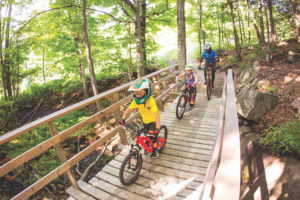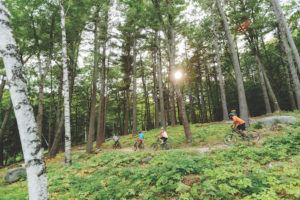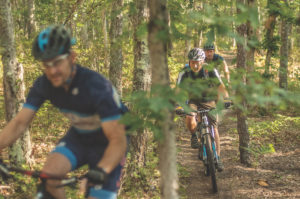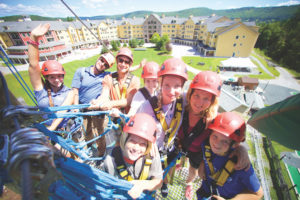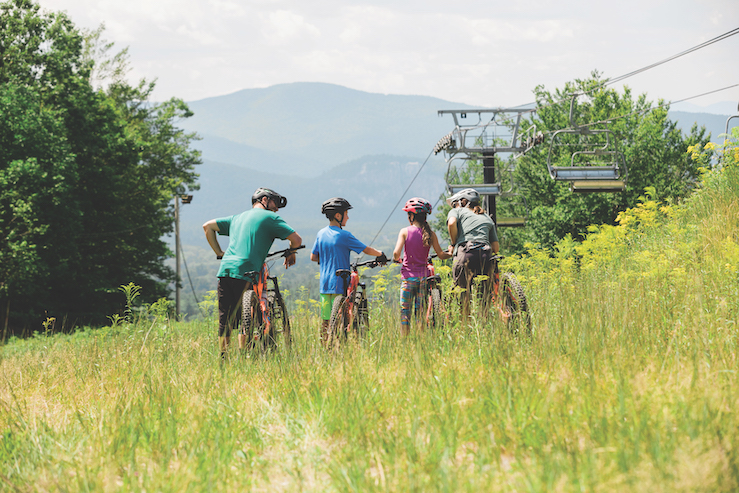
The COVID-19 pandemic likely will impact our lives, and our sense of carefree fun, for years. But if there’s a silver lining, the pandemic also has reminded us of the joys of getting outside, and appreciating the blessings that Mother Nature offers. For many of us, that translates to more time on our bikes. And those numbers are increasing.
Bicycle sales during late April 2020 though mid-June saw their biggest spike in the U.S. since the oil crisis of the 1970s, Jay Townley, who analyzes cycling industry trends at Human Powered Solutions, told the Associated Press.
“People, quite frankly, have panicked, and they’re buying bikes like toilet paper,” Townley told the AP last year, referring to the initial rush to buy essentials like toilet paper and hand sanitizer at the beginning of the pandemic.
Joe Minutolo, co-owner of Bar Harbor Bicycle Shop in Maine, told the AP that he hopes the sales surge translates into long-term change.
